Fungus + Clones
Overview
Fungus and all of their clones belong to a class of superorganism similar to a microbial mat. Made of many tiny organisms, they congregate into a single mass with distinct personalities. The microorganisms are constantly reproducing and replenishing themselves as old individuals die, but the status of the superorganism's self as a whole is kept intact, as long as it eats to replenish energy. Each colony is approximately 3 billion years in age. These organisms have little to no specialized tissues and communicate mostly through chemical signalling. However, they can infiltrate an animal host and gain access to its senses by connecting to its sensory organs.
Diet
These organisms originally were autotrophic and could produce their own food, hypothetically living indefinitely, but an event during the boundary between the proterozoic and phanerozoic suddenly made all of them heterotrophic. Now, most of them are parasitic, living inside of an animal host.
Process
A clone typically infects a host through an open wound. It inhabits the host's body cavity and will replaced damaged tissues that cannot regenerate on their own or without an extensive healing period. Generally, the host and clone are two individual entities up until the host's brain is critically damaged. At this point, the clone will consume the brain and the host's consciousness will replace whichever consciousness was in the "front seat" of the clone, and the cycle will repeat. Imagine a clone as a car with many, many seats, and each time it changes hands each invidiual who has hosted the clone shifts one seat over.
Each clone is visually distinct from one another, developing unique colors and habits. Each one has a disctinctive color that it possesses, and over the many years of adaptation they have developed the ability to synthesize particular molecules to aid the host's performance. Interestingly, none of them have thought to learn to manufacture chlorophyll. Then they probably wouldn't have to go to the effort to find people to parasitize over and over.
Individuals
Aligned
These organisms either are or are aligned with the Original organism. The Original seeks hosts for these organisms to minimize out-of-host time, and in exchange the hosts and clones provide some sort of service for the Original.
Original
Each clone is descended from a single "mother" organism known as Fungus. (At least to some, they have plenty of other names.) They behave differently from the clones as a result of adapting after cloning themself, and they're so distinct that they get their own page.
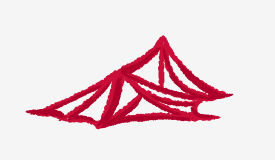
Maroon
A clone of Fungus with dark red pigmentation and a webbed habit. Over the years, this one has developed the ability to synthesize epibatidine, a powerful poison. Currently hosted by an orca.
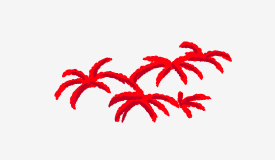
Red
A clone of Fungus with bright red pigmentation and a spiky, "jumping" habit. This one has developed the ability to synthesize luciferin and luciferase in order to glow brightly like a distress flare. It does this passively, so its host will always be a little bit luminescent. Currently hosted by an orca.

Scarlet
A clone of Fungus with reddish orange pigmentation and a helical habit. This one can produce tetracyclines, so it will rarely ever succumb to illness. Currently hosted by an orca.
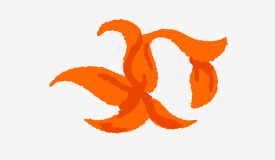
Orange
A clone of Fungus with rusty orange pigmentation and a leafy habit. This one produces glucose even when the host does not eat. Currently hosted by a human.
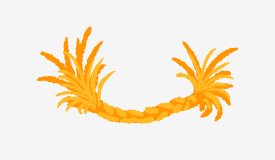
Golden
A clone of Fungus with golden pigmentation and a fibrous habit. This one stores and converts other molecules into oxygen. It proves mostly useful for aquatic hosts, so it has preferred to inhabit those for many years now. Currently hosted by an orca.
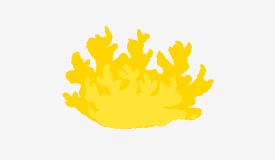
Yellow
A clone of Fungus with bright yellow pigmentation and a cristate habit. This one can synthesize caffeine, allowing the host to stay awake for longer. Currently hosted by a human.
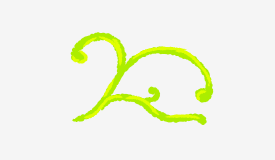
Lime
A clone of Fungus with lime green pigmentation and a prehensile habit. This one produces creatine to enhance physical performance. Currently hosted by an orca.
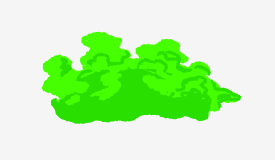
Green
A clone of Fungus with bright green pigmentation and a lichenous habit. This one can produce codeine, masking any pain experienced by the host. Currently hosted by a horse, but the pilot of the clone has been the same individual dinosaur who has been escaping from its hosts before they can take control of the clone for the past 70 million years.
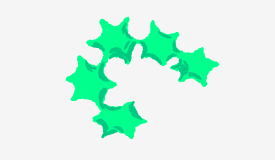
Teal
A clone of Fungus with bluish green pigmentation and a starburst habit. This one can synthesize octanal to make the host smell like oranges, which isn't very useful at all. Oh well. Currently hosted by a human.
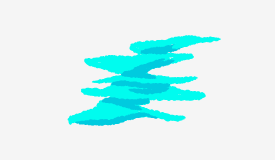
Cyan
A clone of Fungus with bright cyan pigmentation and a shelfy habit. This one generates large amounts of tyrosine, enhancing the production of neurotransmitters. Currently hosted by a human.

Blue
A clone of Fungus with light blue pigmentation and a splattered habit. This one produces large amounts of activated carbon making it so they will never get poisoned. Or drunk. Or able to use medicine. Oh well, it has its benefits and drawbacks. Currently hosted by a human.
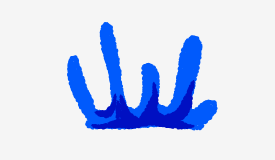
Indigo
A clone of Fungus with dark blue pigmentation and a reaching habit. This one produces large amounts of collagen and cartilage, allowing for enhanced structural support. Currently hosted by an orca.
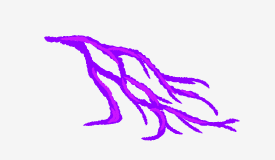
Purple
A clone of Fungus with bright purple pigmentation and a sharp habit. This one is saturated with an electrolyte and can conduct electricity. Currently hosted by a human.
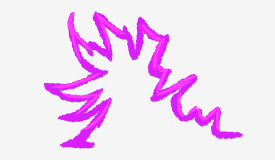
Orchid
A clone of Fungus with purplish pink pigmentation and a venous habit. This one can generate and absorb sodium chloride and transfer it between membranes. Currently hosted by a sperm whale.
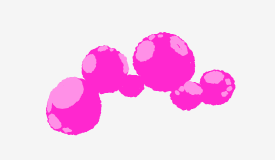
Magenta
A clone of Fungus with bright magenta pigmentation and a globular habit. This one can inflate itself with nitrogen gas to look enormous, store air, form noise channels, among other things. Currently hosted by a bird.
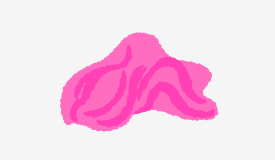
Pink
A clone of Fungus with light pink pigmentation and a wavy habit. This one also produces collagen, but prefers to use it to heal injuries quickly. Currently hosted by a human.
Independent
These organisms are not currently in contact with the Original. They seek their own hosts and because they aren't given new hosts by the Original whenever their hosts die, they more frequently are found piloting the host's body (not too dissimilar from a pop-culture zombie) for long periods of time until they do so. Many of their hosts are not aware of the Original's existence.
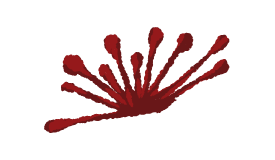
Sanguine
A clone of Fungus with dark red pigmentation and an antennate habit. Over the years, this one has developed the ability to synthesize maitotoxin. Currently hosted by an (blank).

Ruby
A clone of Fungus with pinkish red (or reddish pink) pigmentation and a flat habit. Over the years, this one has developed the ability to synthesize quinacridone pigments. Currently hosted by an (blank).

Peach
A clone of Fungus with pale orange pigmentation and a coiled habit. Over the years, this one has developed the ability to synthesize PETase. Currently hosted by an (blank).
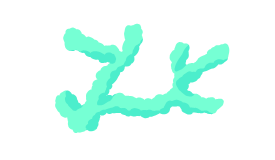
Mint
A clone of Fungus with light bluish green pigmentation and a coralline habit. Over the years, this one has developed the ability to synthesize guanine. Currently hosted by an (blank).
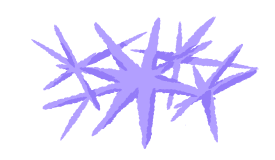
Periwinkle
A clone of Fungus with light purple pigmentation and a thorny habit. Over the years, this one has developed the ability to synthesize luminol. Currently hosted by an (blank).